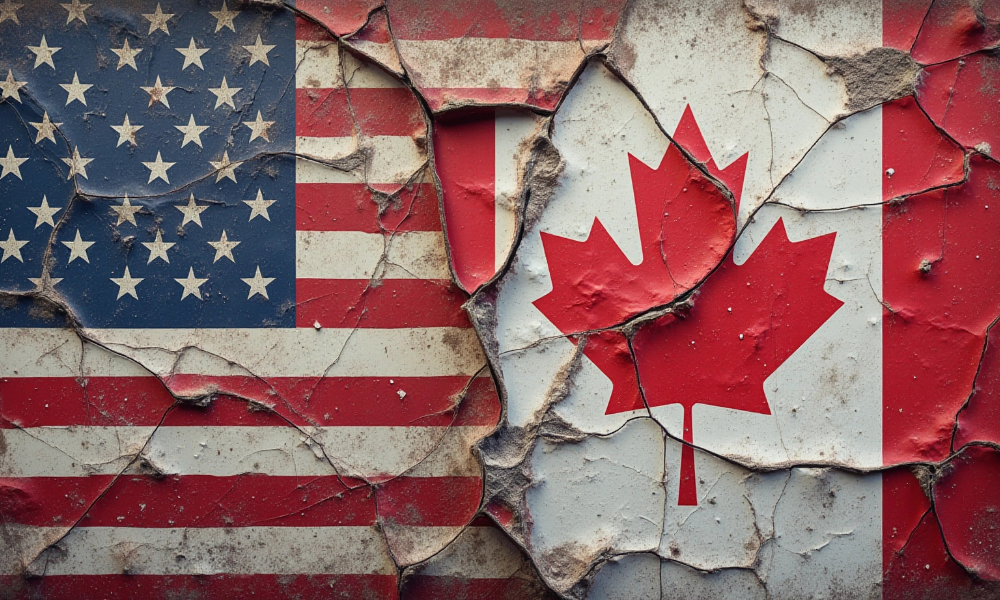Tariff increases on Canada, Mexico, and China spark concerns over inflation, trade relations, and growth

Tiffany Wilding, Economist at PIMCO, analysed the Trump administration's recent tariff announcements and noted that a 25 percent tariff on imports from Canada and Mexico, along with a 10 percent increase on Chinese goods, has caused significant market volatility.
While the tariffs on Canada and Mexico have been delayed due to last-minute negotiations, the increased tariffs on Chinese imports have already taken effect. This has created uncertainty around future US trade policies and possible retaliatory measures from affected countries.
Analysts believe this could mark the beginning of further trade policy actions, with other countries that have trade surpluses with the US, including Japan, Germany, Vietnam, and Ireland, potentially facing a more volatile trade relationship with the US.
If fully implemented, the tariffs could raise US inflation by approximately 0.8 percentage points and reduce economic growth by around 1.2 percentage points in the first year.
The economic impact on Canada and Mexico is expected to be more severe due to their closer trade ties with the US. However, the tariffs on China are likely to have a more muted effect on US economic activity.
The interconnected nature of US trade with Canada and Mexico makes supply chain disruptions a significant risk to economic growth. Many manufacturing products involve components that cross borders multiple times before final assembly.
As a result, tariffs on Canada and Mexico could be more disruptive than those on China, which has a less integrated supply chain with the US.
The delay in imposing tariffs on Canada and Mexico allows time for further negotiations, but uncertainty remains. The US administration has indicated that additional tariffs could be imposed, with other nations potentially being targeted based on trade imbalances.
Given the continued presence of post-pandemic inflation, the strength of the US economy, and the offsetting implications of tariffs on monetary policy, analysts expect the Federal Reserve to keep interest rates steady for the time being.
Higher uncertainty suggests a slower path toward a neutral policy stance.
The Federal Reserve may hold rates steady throughout the year as it assesses the evolving trade landscape. However, a significant deterioration in economic activity or the labour market could prompt rate cuts.
The economic impact of tariffs will depend on various factors, including how countries retaliate, other government policies to mitigate economic disruptions, and how financial markets and currencies respond.
In the event that only the Chinese tariffs are implemented, the effect on US economic growth and inflation would likely be smaller, raising inflation by approximately 0.2 percentage points with a similarly modest impact on growth.
The uncertainty surrounding US trade policy could continue to affect domestic and international economic conditions.
With the Trump administration's focus on addressing trade imbalances, other nations with significant trade surpluses with the US should anticipate potential policy shifts that could impact trade flows and market stability.
The long-term implications of these policies remain uncertain, with potential consequences for inflation, growth, and overall economic conditions in the US and its trading partners.



